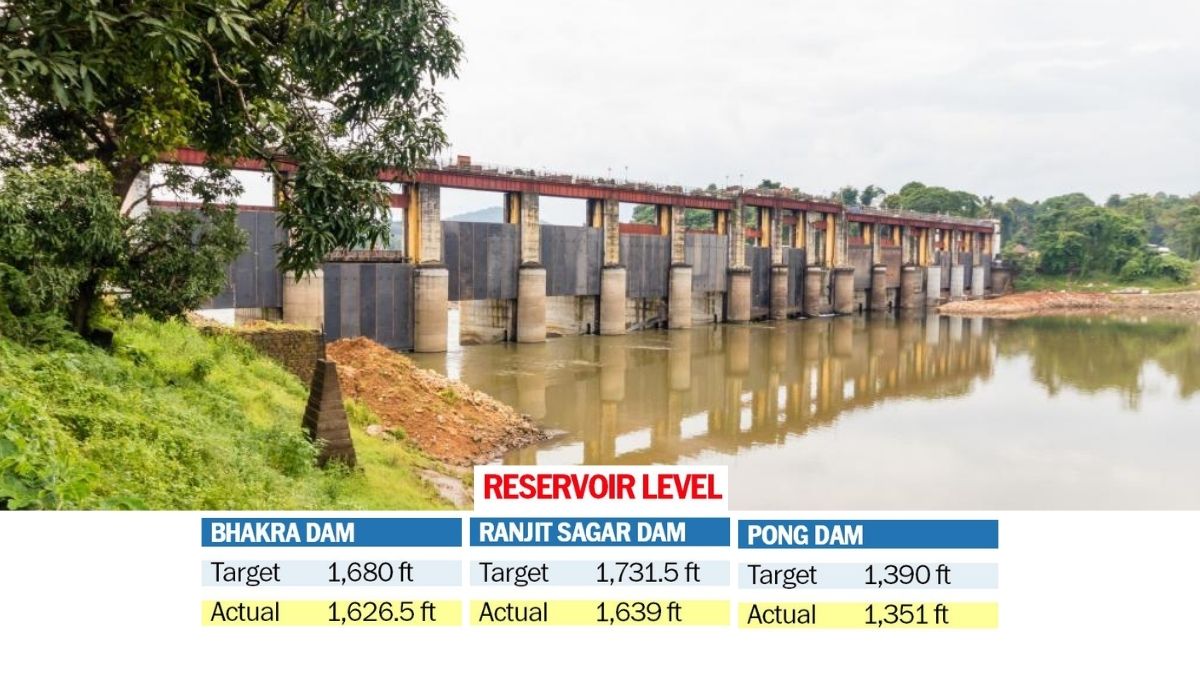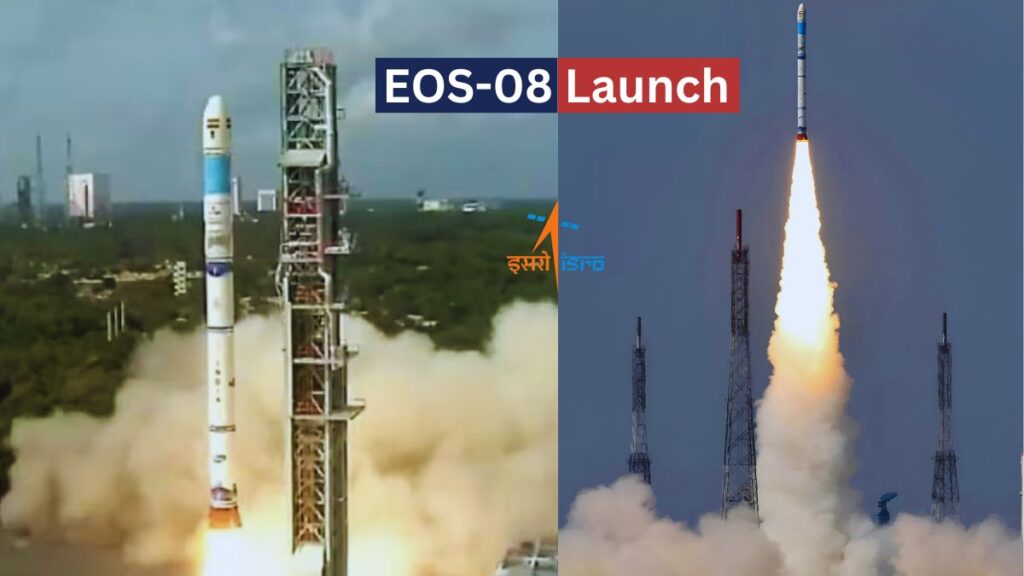Deficient Monsoon Rainfall – Current Water Levels and Targets
The monsoon season, spanning from June 1 to September 20, is crucial for filling the dam reservoirs in Punjab and Himachal Pradesh. This year, however, the region has witnessed deficient monsoon rainfall, leading to alarmingly low water levels in the Bhakra, Pong, and Ranjit Sagar reservoirs. This shortfall poses significant challenges for both irrigation and power generation in the coming year.
By August 15, the Bhakra reservoir reached a water level of 1,626.5 feet, which is substantially lower than the target of 1,670 feet. Despite a 18-foot rise from the August 1 level of 1,608.2 feet, it remains 44.5 feet short of the desired mark. The Bhakra Beas Management Board has set the full storage capacity for the Bhakra and Pong reservoirs at 1,680 feet and 1,390 feet, respectively.
The Pong reservoir has also seen a modest increase, reaching 1,351 feet on August 15, up from 1,321 feet on August 1. While this represents a 30-foot increase, it still falls short of optimal levels. Similarly, the Ranjit Sagar Dam’s water level rose by 28 feet over the same period, from 1,611 feet to 1,639 feet, yet it still lags behind its target.
The inadequate water levels in these key reservoirs spell trouble for the next year’s irrigation demands. The Bhakra and Ranjit Sagar reservoirs are particularly critical for agricultural activities in the region. Without sufficient water, farmers may face significant challenges in cultivating their crops, potentially leading to reduced agricultural output and financial hardships.
Moreover, the power generation capabilities of these dams are also at risk. During the paddy season, the state faced an unprecedented power demand of over 16,500 MW, necessitating power cuts to manage the situation. This surge in demand, coupled with deficient rainfall, has strained the existing power infrastructure. The gap between unrestricted and restricted power supply, currently around 1,000 MW to 1,200 MW, is expected to widen next year, leading to more frequent power outages.
Addressing these challenges requires a multifaceted approach. Immediate measures should include optimizing the existing water resources and improving water management practices to ensure efficient use. Additionally, increasing the capacity for solar and thermal power generation can help mitigate the shortfall in hydropower. This diversification of energy sources will provide a more resilient power supply, reducing the state’s dependency on monsoon-driven hydroelectric power.
The current scenario underscores the importance of investing in renewable energy. Solar power, in particular, offers a viable alternative given Punjab and Himachal Pradesh’s ample sunlight. By harnessing solar energy, the states can generate a substantial amount of electricity, thereby reducing the pressure on hydroelectric power sources.
Furthermore, enhancing thermal power generation can serve as a reliable backup during periods of low water availability. By balancing renewable and non-renewable energy sources, the states can create a more robust and dependable power grid.
Long-term strategies should focus on sustainable water management. Implementing advanced irrigation techniques, such as drip and sprinkler systems, can significantly reduce water wastage. These methods ensure that water is used efficiently, reaching the crops directly and minimizing evaporation losses.
Moreover, promoting rainwater harvesting and the construction of small check dams can help in augmenting the groundwater levels. These measures not only provide a buffer during dry spells but also contribute to the overall water security of the region.
Government policies play a crucial role in addressing the water scarcity issue. Policymakers must prioritize investments in water infrastructure and incentivize farmers to adopt water-efficient practices. Public awareness campaigns can also educate communities about the importance of water conservation and the steps they can take to contribute to this effort.
Collaboration between government agencies, non-governmental organizations, and local communities is essential for the successful implementation of these initiatives. By working together, they can develop and execute effective water management strategies that cater to the specific needs of the region.
The deficient monsoon rainfall in Punjab and Himachal Pradesh serves as a wake-up call for the urgent need to address water management and energy diversification. While the current situation is challenging, it also presents an opportunity to rethink and reform the existing systems. By adopting innovative solutions and sustainable practices, the states can build a resilient framework that can withstand future climatic variations.
In conclusion, the low water levels in the Bhakra, Pong, and Ranjit Sagar reservoirs highlight the critical need for proactive measures to manage water resources and diversify energy sources. Through collaborative efforts and strategic investments, Punjab and Himachal Pradesh can overcome these challenges and ensure a stable and prosperous future for their agricultural and energy sectors.
The deficient monsoon rainfall in Punjab and Himachal Pradesh this year has resulted in critically low water levels in the Bhakra, Pong, and Ranjit Sagar reservoirs. This shortfall poses significant challenges for irrigation and power generation in the coming year. Addressing these challenges requires a multifaceted approach, including optimizing existing water resources, increasing renewable energy capacity, and promoting sustainable water management practices. Through collaborative efforts and strategic investments, the states can overcome these challenges and ensure a stable and prosperous future for their agricultural and energy sectors.
What is causing the low water levels in the Bhakra, Pong, and Ranjit Sagar reservoirs?
The primary cause of the low water levels in these reservoirs is the deficient monsoon rainfall this year. The reduced rainfall has led to insufficient water inflow into the reservoirs, preventing them from reaching their target levels.
How will the low water levels impact irrigation in Punjab and Himachal Pradesh?
The low water levels will significantly impact irrigation, as there will be less water available for agricultural purposes. This can lead to reduced crop yields and financial challenges for farmers, affecting the overall agricultural output of the region.
What measures can be taken to address the water scarcity issue?
To address the water scarcity issue, it is essential to optimize existing water resources, improve water management practices, and invest in renewable energy sources like solar power. Additionally, implementing advanced irrigation techniques and promoting rainwater harvesting can help augment water availability.
How will the power generation be affected by the low water levels?
The low water levels will impact power generation, particularly hydropower, as there will be less water available to generate electricity. This may lead to power shortages and more frequent power cuts, especially during peak demand periods.
What are the long-term solutions for managing water resources in the region?
Long-term solutions for managing water resources include implementing sustainable water management practices, investing in water infrastructure, and promoting community involvement in water conservation efforts. Additionally, diversifying energy sources and enhancing renewable energy capacity can help reduce dependency on monsoon-driven hydroelectric power.
How can the government support farmers during this challenging time?
The government can support farmers by providing financial assistance, promoting water-efficient irrigation techniques, and investing in water infrastructure. Public awareness campaigns and community initiatives can also help educate farmers about sustainable practices and water conservation methods.
Stay connected with NH Punjab on social media. Follow us on Facebook, Twitter/X, and Instagram for the latest news updates, behind-the-scenes content, and more. Engage with us online and be a part of our growing community.
Sign up for our newsletter to get the latest news delivered straight to your inbox. Follow us on social media for real-time updates and engaging content.



